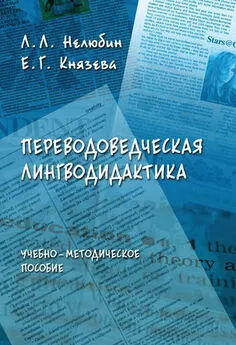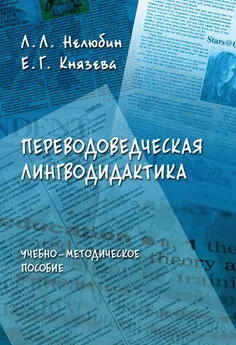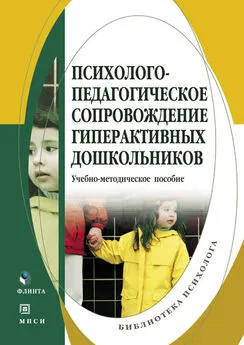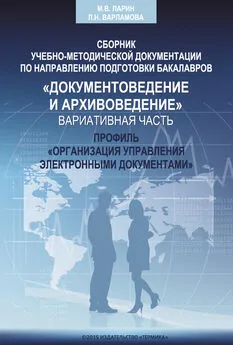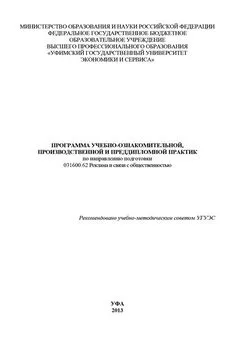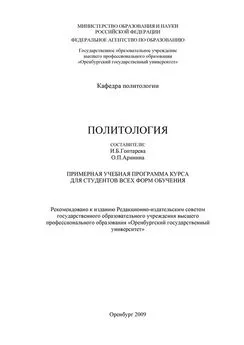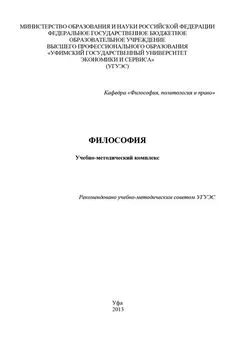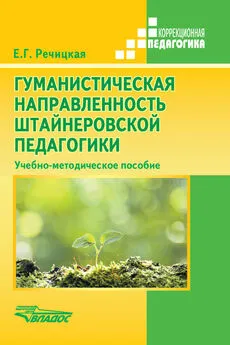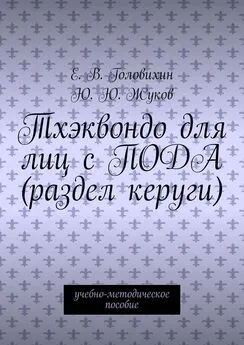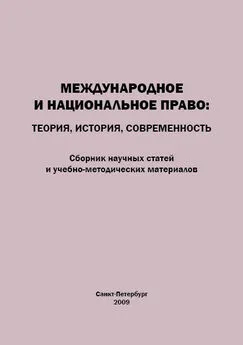Array Коллектив авторов - Переводоведческая лингводидактика: учебно-методическое пособие
- Название:Переводоведческая лингводидактика: учебно-методическое пособие
- Автор:
- Жанр:
- Издательство:Array Литагент «Флинта»
- Год:2009
- Город:Москва
- ISBN:978-5-9765-0800-2, 978-5-02-034767-0
- Рейтинг:
- Избранное:Добавить в избранное
-
Отзывы:
-
Ваша оценка:
Array Коллектив авторов - Переводоведческая лингводидактика: учебно-методическое пособие краткое содержание
Для преподавателей, интересующихся лингводидактическими проблемами обучения технике перевода, вопросами развития навыков и умений всех форм специального перевода.
Переводоведческая лингводидактика: учебно-методическое пособие - читать онлайн бесплатно ознакомительный отрывок
Интервал:
Закладка:
Уильям Стюарт – полковник американской армии, инженер по специальности, занимал ответственные должности в крупных штабах.
Широко распространена точка зрения на линии укреплений (ЛУ) как на средство, не имеющее перспективы в современных условиях. Изучение же потенциального стратегического значения ЛУ как для обороняющейся, так и для наступающей стороны позволяет сделать ряд важных выводов. Во-первых, ЛУ дают стране стратегическое преимущество, позволяя сократить количество войск на ЛУ и создать мощный резерв. Во-вторых, ЛУ снижают темп продвижения противника во всех случаях. В-третьих, ЛУ нужны не только обороняющейся, но и наступающей стороне, и подготовка потенциальным противником ЛУ не должна рассматриваться как проявление его оборонительных намерений. В подтверждение этой концепции приводится анализ использования ЛУ в Европе в двух мировых войнах. Кроме того, дается расчет выигрыша в войсках и времени, который получит воюющая сторона, обладающая ЛУ. Расчет выполнен для трех случаев: когда ЛУ имеет обороняющаяся сторона, нападающая сторона и обе стороны.
В.С.
IX. Пользуясь изложенной выше методикой, составьте план статей, план рефератов и тексты рефератов.
Trends in Land Force Development
There are some in the Western World that question the relevance of land forces in their military establishments. The military profession must appreciate the factors promoting this state of mind and restate, persuasively, the significant role of modern land forces in contributing to security in the 1970's.
The present uncertainty over the utility of land forces appears to be prompted by three basic factors:
– There is increasing competition at the national level for resources. In addition to a growing domestic claim for budget funds, the rising costs associated with military manpower have created pressures within the defense establishment to reduce the numbers of people in uniform. In the United States for example, pay and allowances for military personnel constitute the largest single defensive cost and, during fiscal year 1972, accounted for some 52 percent of the defense budget. These costs can be expected to increase in any country which reduces reliance on conscription and moves toward a volunteer force. Availability of manpower is a closely related consideration. In some nations, the necessity of maintaining able-bodied men in uniform, when they could be usefully employed in the national labor pool, constitutes an important national consideration.
– The second factor might be labelled a «residual nuclear mentality.» Following World War II and into the latter 1950's, priority of United States defense resources was assigned to the development of nuclear capabilities with concurrent reductions in the capabilities of general purpose forces. During the past few years some people seem unwilling to admit that strategic nuclear weapons are rapidly losing part of their usefulness in projecting national influence.
– Lastly, in the years since World War II, East-West relations have been characterized more by bellicosity than battle.
Land forces, like all military forces, are created to project and advance the interests of the nation in its relations with other states and to insure domestic order. International relationships are a major determinant in the size, structure, and functions of the nation's military force.
While their central role in war-fighting has not changed, the nature of land forces is going through a period of evolution. We can expect our land forces to be faced with following requirements:
– More Flexible, Better-Controlled For mations. The challenge of reduced reaction time, combined with increased range in type of conflict, can be met only through vastly increased flexibility in structuring battle formations and the means of rapidly moving them to the battle area. The same factors demand more efficient and effective detection means, improved communications systems, and more ready and available reserve components.
– Smaller, Dispersed Formations. Because of the effects of nuclear weapons, the economic need for more efficient use of manpower, and the strategic requirement for rapid deployability, future formations will be smaller and more widely dispersed. This will be possible due to increased surveillance capabilities, more effective fire power, enhanced tactical mobility, and improved command and control capabilities.
– Supplemental Assistance Forces. Modern land forces must develop units and techniques to supplement allied forces faced with a threat beyond their immediate capabilities. Such units are likely to include aviation, engineer, signal, intelligence and aerial and ground artillery. The effective integration of allied capabilities is an area requiring continued refinement.
– Automated, Prepositioned Logistics. The urgent requirement for enhanced strategic mobility dictates the need for highly automated logistics operations. Prepositioned stocks in strategically significant location will gain importance for the same reasons.
– Multi-Purpose Weapons andUnits.The continuing threat of escalation of nuclear war will force maximum development of dual and multi-purpose weapons and units. These are required both for war-fighting and to enhance deterrence across the broad spectrum of possible conflict.
Despite the requirement to apply the inexorable advances of mechanization and automation to the art of war, despite society's demands to increase the war-fighting effectiveness while decreasing the costs and manpower requirements involved, and despite science's ingenuity in devising weapons of increasing accuracy and lethality, the importance of the individual soldier remains undiminished.
As long as man's natural habit remains on the ground, the ultimate resolution of conflict will be decided by ground force. Although technology makes an important contribution, the conditions of victory, security, and peace will be achieved by man. It is his spirit and his strength which will ultimately decide the outcome. National security cannot be bought by science and technology, nor preserved by analysts, it can only be achieved where the will of a people is strong and their armed forces, particularly the ground forces, are prepared and determined to defend their land and institutions.
What's in the Future for the Sniper?
The experience has proven that the XM21 Sniper Rifle System, handled by a well-trained rifleman, is a very effective weapon in a combat environment. But before discussing this fact and before answering the question posed in the title above, let us review some duties of the sniper and discuss his current equipment and capabilities.
Sniper and his Mission
The sniper is a rifleman with special ability, training and equipment. He is designated to deliver discriminatory and highly accurate rifle fire against enemy targets, which, because of range, size, location, fleeting nature or visibility, cannot be engaged successfully by the average rifleman.
Obviously, the sniper must be an expert shot. He must be in excellent physical condition to withstand extended operations with very little sleep, food and water. He should have good eyesight – without the use of glasses that may become lost, damaged or reflect light. The sniper should be a non-smoker; smoke and the glow of a cigarette can be detected for great distances. The sniper must be capable of mental conditioning to successfully accomplish his duties. A successful sniper must also be intelligent and experienced in fieldcraft. He must be able to reach and leave his firing positions undetected. He should be an outdoorsman acting as a trapper and forest ranger with the cunning of a wild animal – all at the same time.
In combat, a sniper supports combat operations by delivering precision rifle fire from concealed positions to selected targets. He engages key enemy personnel, and by so doing weakens the enemy's resistance and morale. Consequently, the importance of snipers cannot be measured only by the number of casualties they inflict. Realization of a sniper's presence instills fear in enemy troops and influences their decisions and actions.
A sniper enhances a unit's firepower and augments the varied means for destruction and harassment of the enemy. Whether a sniper is part of the unit or attached, he provides additional supporting fire. He is the sole means by which a unit can engage point targets at distances beyond the effective range of the service rifle. His role may become even more significant if he is employed in terrain such as Europe or the Middle East where a large percentage of personel targets will be at ranges greater than 500 meters – well outside the maximum effective range of our standard rifle. The sniper can also engage enemy targets that are in fortified positions, or those using non-combatants for cover or as hostages. The fire from automatic weapons in such operations can wound or kill innocent persons, but the sniper can be highly selective.
Snipers can also be used as information-gathering agents of the commander. They can be employed in offensive and defensive combat operations in which precision fire is delivered at long ranges; in combat patrols, ambushes and countersniper operations; in perimeter defense, outguards of combat outposts and forward observations elements; and in retrograde operations in which snipers are part of forces left in contact or as stay-behind details.
The Army's Infantry Agency recognized the need for a sniper in the Infantry battalion and provided a comprehensive Sniper Capability Study to Department of the Army for review. This study, if approved, should authorize snipers for Infantry battalions throughout the Army.
Sniper's Equipment
In order to accomplish his mission, the sniper must have the most accurate rifle and sighting devices available. The rifle is the 7.62 mm, M14 National Match Rifle – specially modified to the NATO round. Designated the XM21 Sniper Rifle System, this weapon is equipped with an-epoxy-impregnated stock with components selected and hand-fitted by a gunsmith.
The rifle is equipped with a lightweight three-to-nine variable power telescopic sight with a ballistic cam to compensate for the trajectory of 7.62 mm, Ml 18 Match Ammunition. The cam is calibrated to the ranging capability of the scope, from 300 to 900 meters. In effect, the telescope incorporates a cross-hair reticle and provides stadia posts to determine the correct target range. It provides automatic internal adjustment for elevation when the telescope is in focus.
The XM21 system uses the AN/PVS-2 Night Vision Sight. This sight does not give the width, depth or clarity of daylight vision; however, it allows a sniper to analyze the tactical situation, detect enemy targets and place effective fire on them. The sight can be used when moving to pre-selected positions or alternate positions under cover of darkness. In search of a lighter weight sight that will magnify a greater range at night, the Infantry Agency has prepared a Qualitative Material Requirement, which CDC circulated for Army-wide comment.
Читать дальшеИнтервал:
Закладка:
